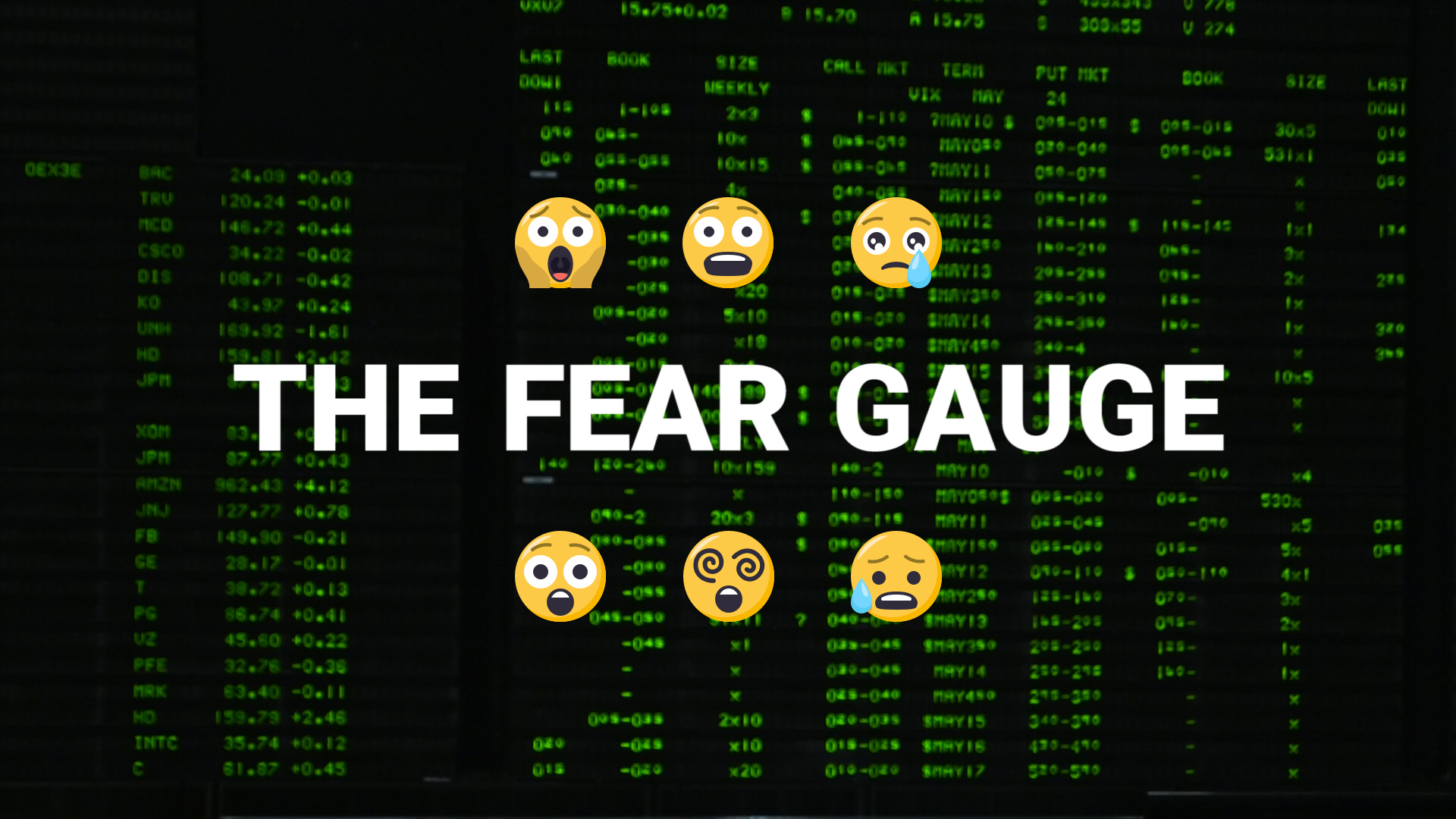By Shen Lu
Unlike emotional volatility, volatility in the stock market can be tracked and measured. Here are five basics of the VIX that you need to know.
What is the VIX?
The Volatility Index, or VIX, reflects investors’ expectation of volatility in the Standard & Poor’s 500 Index in the next 30 days. The S&P 500 is a portfolio of large-cap company stocks perceived as a leading indicator of U.S. equities. The VIX was designed by the Chicago Board Options Exchange in 1993 as a way to track volatility, which is one important determinant of stock options prices.
‘Fear gauge’
The VIX is known as the “fear gauge” because it surges whenever uncertainty, or fear, hovers over the market. When volatility spikes sharply, as it did during the European debt crisis and the U.S. financial crisis, investors are fearful and are more likely to sell their stocks.

It was ‘Trumped’ last week
Volatility coincides with major economic, financial and political news. When news came last Wednesday that FBI Director James Comey said President Donald Trump had asked him to drop an investigation of former National Security Adviser Michael Flynn, stocks tanked and the VIX spiked. However, the VIX retreated fairly quickly and the market is calm again.
Nothing to fear but the lack of fear
Despite the political uncertainty that has surrounded President Donald Trump since he won the election last November, volatility has been low. Stock investors have ignored turmoil in Washington and instead have focused on the new administration’s plans to cut taxes and boost the economy. But analysts worry that investors are too complacent about the risks to the stock market. Past periods of very low volatility have sometimes preceded big market declines.
So how low is considered low?
When the value of the VIX is under 25, that’s low volatility, and a reading of 10 or below is extremely low volatility. The VIX fell to under 10 in early May. The last time it was near that level was in early 2007, just before the financial crisis hit. There is no direct cause and effect, of course, since the VIX is simply measuring the expectation of future volatility, but the similarity of the two periods has some investors on edge.

